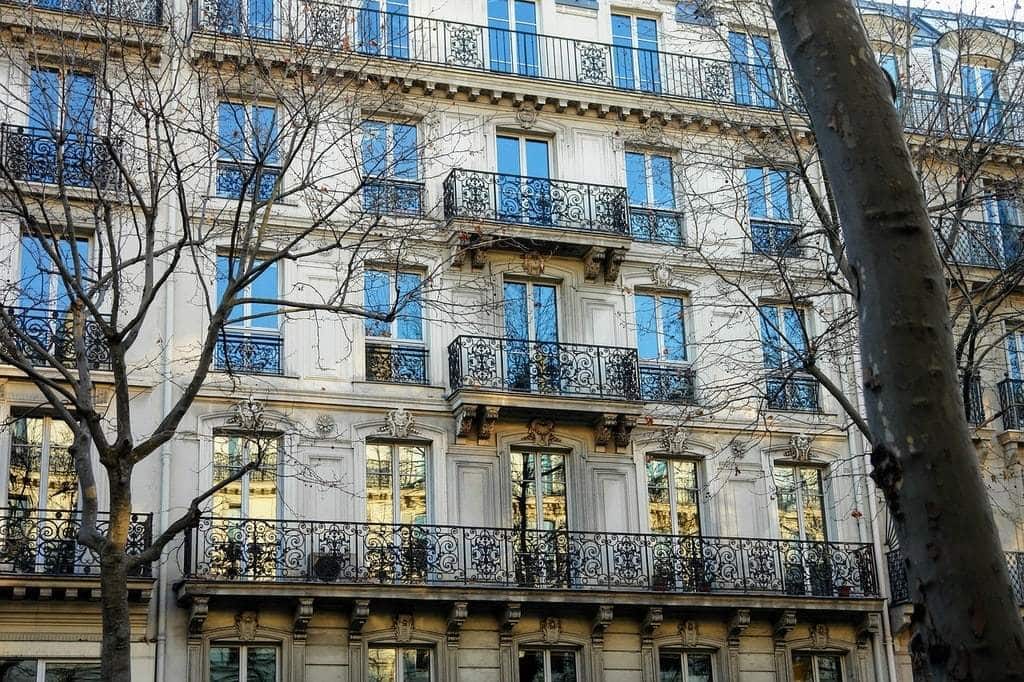Reviving historic buildings and structures presents unique opportunities and challenges, bridging the past with modern functionality while preserving architectural heritage. Old structures often hold cultural significance and offer glimpses into architectural practices of bygone eras. Their transformation into usable spaces today demands not only skillful craftsmanship but also a deep respect for historical integrity. Many cities worldwide are taking steps to breathe new life into historical structures, blending the old with the new in a way that enhances urban spaces and enriches cultural landscapes.
Renewing Historic Sites for Modern Use
Restoring historical buildings is far from simple maintenance work; it requires an in-depth understanding of the original materials, construction methods, and architectural details. These restorations go beyond aesthetics to consider the building’s historical essence and value within its community. Old buildings often feature *craftsmanship* and techniques that are no longer in common use, necessitating a thoughtful approach to renovation. Specialists in historical restoration study each building extensively, learning about its past to ensure that renovations honor its original spirit.
This process can include everything from stabilizing a structure to repairing intricate details, such as woodwork or stone carvings. When successfully restored, these buildings gain new functionalities that bring them into the present while staying true to the past. Whether transformed into hotels, museums, offices, or community centers, revitalized structures offer a distinct charm that newly constructed buildings rarely possess.

Balancing Modern Standards with Historical Integrity
One of the key challenges in historic restoration is to adapt buildings to modern standards without compromising their heritage value. Many older structures lack today’s standards for insulation, fire safety, accessibility, and energy efficiency. Renovating for modern use, therefore, often involves installing new systems for heating, cooling, plumbing, and electrical work without detracting from the building’s original design. This requires a careful balance between meeting today’s building codes and respecting the historical character of the structure.
In many cases, restoring old buildings also involves the removal of previous, unsympathetic additions or changes made over time. These might include structural adjustments, flooring, or wall treatments that were added decades later and don’t align with the original style. Removing these layers thoughtfully uncovers the beauty of the building’s initial design. Such steps can greatly improve a building’s longevity while maintaining its authenticity, allowing it to continue serving communities for decades to come.
Preserving Original Features with Modern Techniques
In recent years, innovative techniques have emerged in the field of historical restoration. The use of digital technology has become invaluable for restoration teams, helping them map out the building’s current condition and visualize repairs. 3D scanning, for instance, creates highly detailed images of the building’s architecture, allowing restorers to accurately replicate features that may have eroded or been damaged over time.
Craftspeople skilled in traditional techniques are essential to restoring fine details like moldings, frescoes, and masonry. These experts bring invaluable knowledge of historical construction, sometimes using methods that have been passed down through generations. Combining traditional craftsmanship with *modern technology* provides a harmonious blend that respects the building’s past while enhancing its future.
The following are some critical aspects to consider when preserving and enhancing old structures :
- Assessing the structural integrity to ensure safety and stability without invasive alterations
- Integrating modern amenities subtly to retain the building’s aesthetic
- Using sustainable materials that match or replicate original materials closely
- Ensuring accessibility compliance where possible to welcome a broader audience
- Engaging the community to appreciate and support the building’s heritage
Community Engagement in Historic Restoration
Community involvement often plays a significant role in historical restoration projects. Buildings with historical value are more than physical structures—they represent collective memories and stories of generations. Involving the community in the restoration process fosters a sense of shared responsibility and helps residents appreciate the importance of their heritage.
Public consultation sessions, tours, and exhibitions during restoration provide insights into the project and highlight the building’s history. Many restoration projects also partner with local schools, inviting students to learn about architectural history and preservation. *Empowering communities* to participate in these projects can lead to greater respect for the structure, reinforcing its status as a cherished local landmark.
For instance, local historians might contribute documents and photos that inform design choices or guide the preservation of historical details. Through this partnership, communities create a sense of pride and ownership over the project, strengthening the building’s position within the neighborhood and ensuring that it continues to serve as a cultural and social anchor.
Adaptive Reuse: giving New Purpose to Historical Spaces
Adaptive reuse is a common practice in modern historical restoration, involving repurposing old structures for new uses without major modifications. This approach gives these buildings renewed purpose, allowing them to serve modern needs while preserving their architectural and historical value. Adaptive reuse projects often require a delicate approach, with design choices that reflect the building’s origins while catering to current functionalities.
Examples of adaptive reuse are varied, from transforming former industrial warehouses into vibrant urban markets to converting old churches into performance venues. Each adaptation respects the unique features of the building while making it suitable for contemporary use. These projects breathe life into spaces that might otherwise be abandoned or underutilized, contributing to local economies and supporting sustainable urban development.
In summary, historical restoration is an intricate process that extends beyond simple repairs. It involves a holistic approach to renewal, combining respect for heritage with innovative techniques and community collaboration. By honoring the legacy of historic structures while adapting them to modern standards, restoration projects foster a rich architectural landscape where old and new coexist. Through adaptive reuse and community engagement, these buildings continue to tell their stories, connecting the past to the present in meaningful ways.
